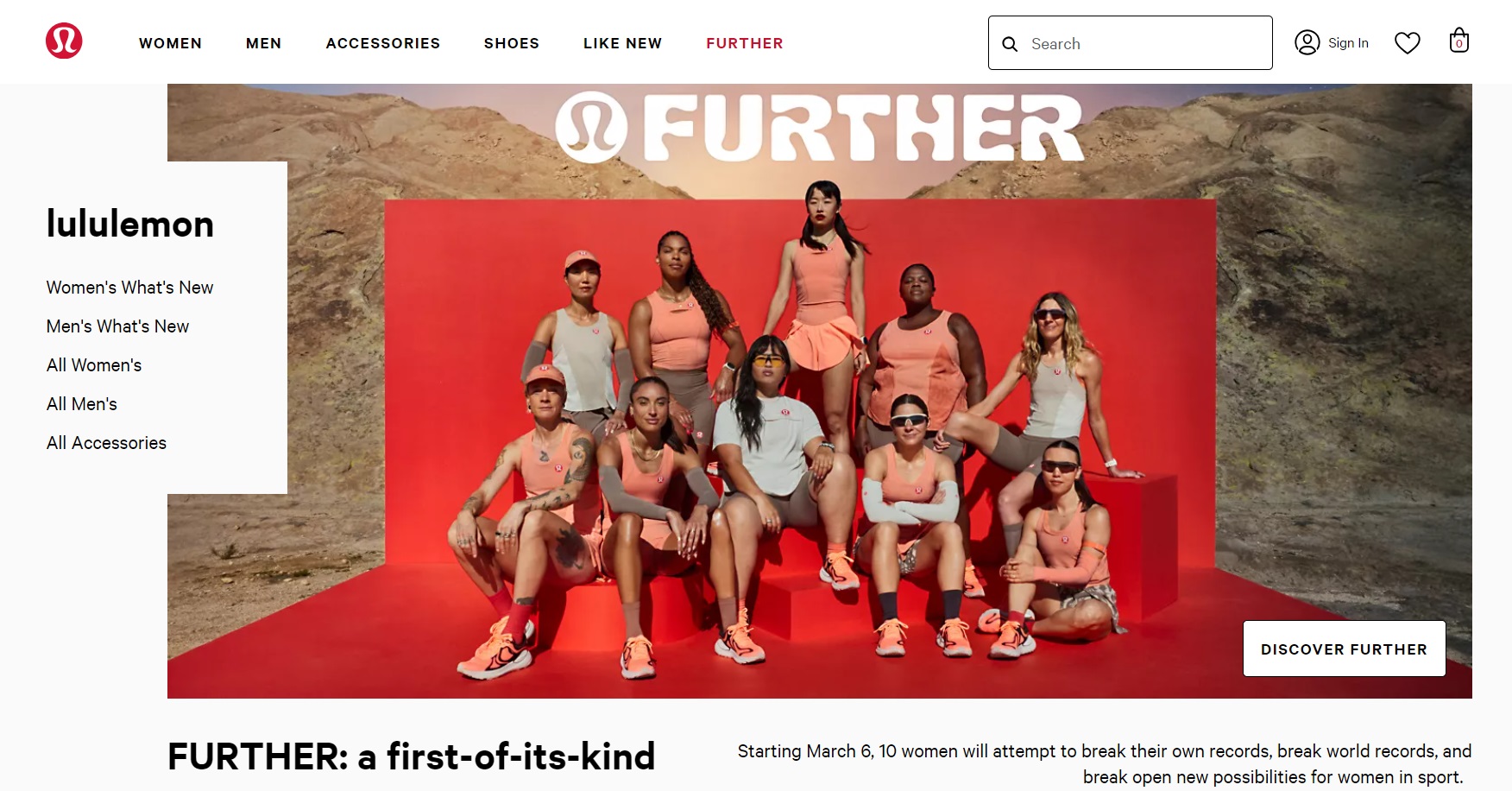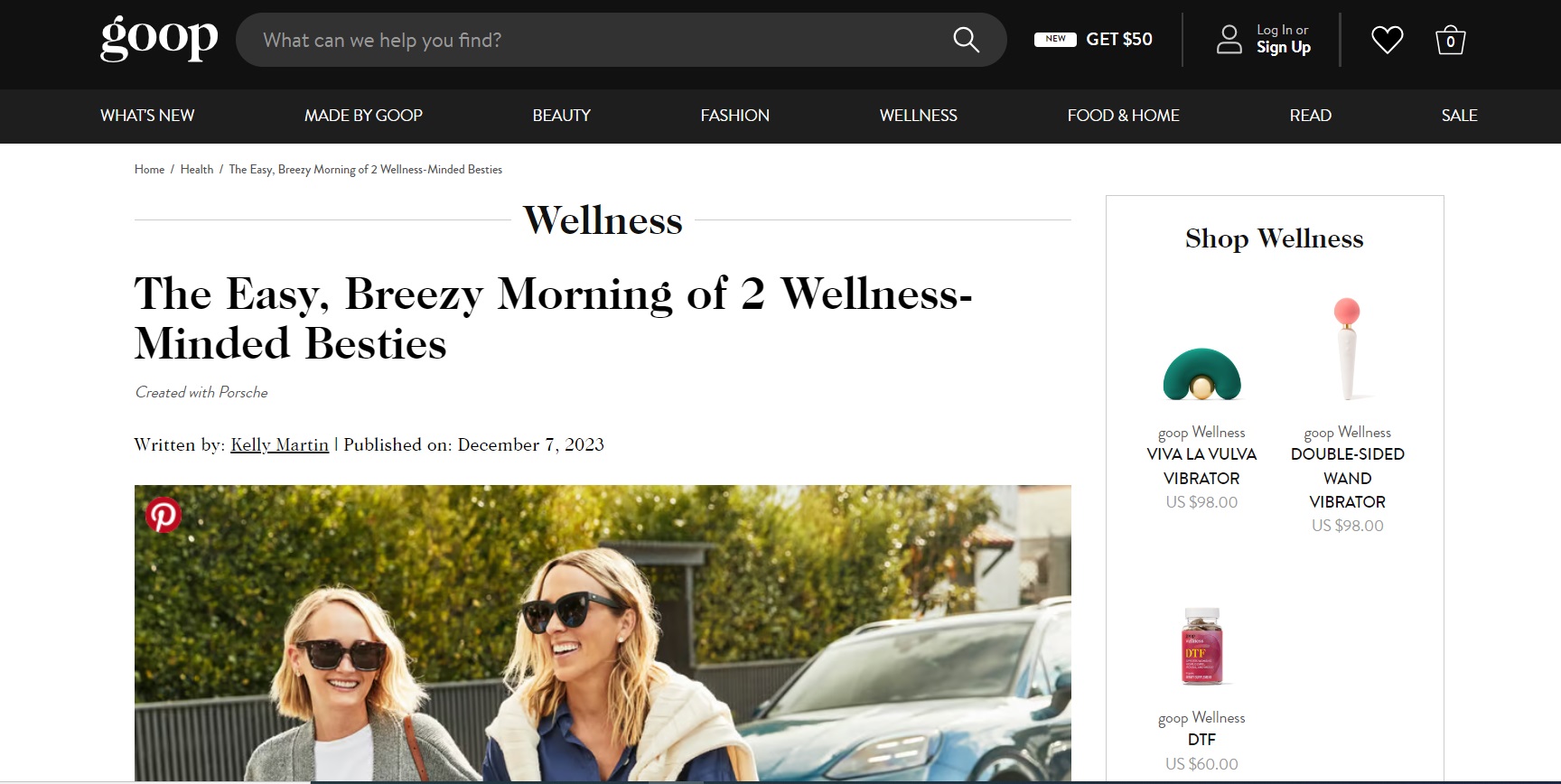In the ever-evolving digital realm, health and wellness brands must embrace a strong online presence to effectively connect with their health-conscious audiences. Creative web design plays a pivotal role in attracting and engaging visitors, capturing their attention while fostering lasting connections. As consumers increasingly seek reliable and engaging resources to support their wellbeing journey, the need for accessibility and user-friendliness has become paramount.

Innovative web design trends are emerging, offering exciting opportunities for brands to visually captivate their audiences while reflecting their values and commitment to promoting healthier lifestyles. By embracing creativity and prioritizing seamless online experiences, health and wellness brands can stand out and leave a lasting impression.
The Power of Creative Web Design for Health and Wellness
In the health and wellness industry, trust and credibility are paramount. Creative web design plays a crucial role in establishing these essential elements for brands. A well-designed website conveys professionalism, attention to detail, and a commitment to quality, instantly instilling confidence in visitors. By utilizing clean layouts, intuitive navigation, and visually appealing elements, brands can create a seamless user experience that fosters trust and keeps audiences engaged.
Moreover, creative web design has the power to shape a brand’s image and influence user perception. A visually appealing and thoughtfully crafted website can evoke positive emotions and associations with the brand, fostering a strong connection with health-conscious individuals. Effective design choices, such as color palettes, typography, and imagery, can reinforce a brand’s values and message, resonating with the target audience’s desires for a healthier lifestyle and make healthy food choices.
Clarity and simplicity are key in conveying a brand’s values and message effectively. Creative web design allows health and wellness brands to communicate their offerings and ethos in a clear and compelling manner. By prioritizing user experience and accessibility, brands can ensure that their message reaches a wide audience, inspiring and empowering individuals to prioritize their well-being.
Top Creative Web Design Trends for Health and Wellness
Minimalism & Clean Layouts
In the realm of health and wellness, minimalism and clean layouts are essential for promoting a sense of calm and well-being. Uncluttered designs with ample white space and clear navigation enhance the user experience, allowing visitors to focus on the content and offerings without unnecessary distractions.
Compelling Visuals: High-Quality Images & Videos
Captivating visuals play a crucial role in capturing the audience’s attention and conveying the brand’s message effectively. High-resolution images and videos can showcase products, services, and happy customers while fostering emotional connections. Storytelling through visuals can help health and wellness brands resonate with their audience on a deeper level.
Bold Use of Color & Typography
Strategic use of color and typography can significantly impact the overall design and brand messaging. Carefully curated color palettes can evoke feelings of energy, relaxation, or rejuvenation, aligning with the brand’s values. Large, easy-to-read fonts not only enhance accessibility but also contribute to a visually appealing and user-friendly experience.
Interactive Elements & Microinteractions
Incorporating subtle animations, hover effects, and interactive elements can elevate the user experience and increase engagement. These tactile interactions can guide users through the website, highlight important information, and provide a sense of delight and interactivity, fostering a deeper connection with the brand and its offerings.
Accessibility & Responsive Design
Ensuring websites are accessible to everyone, including users with disabilities, is essential. Responsive design techniques allow for optimal viewing and navigation across various devices, from desktops to mobile phones and tablets. By prioritizing accessibility and responsiveness, health and wellness brands can reach a wider audience and provide an inclusive experience for all.
Data Visualization & User-Friendly Content
Presenting complex health information in an easily digestible format is crucial for user engagement. Infographics, charts, and diagrams can simplify data and make it more visually appealing. User-friendly content with clear calls to action for booking appointments or purchasing products can streamline the user journey and drive conversions.
Immersive Experiences with VR & AR
While still an emerging trend, virtual reality (VR) and augmented reality (AR) hold significant potential for creating immersive experiences within the health and wellness sector. These technologies can offer interactive fitness experiences, product demonstrations, or even simulated medical procedures, providing a unique and engaging way for brands to connect with their audience.
Case Studies & Examples of Successful Health & Wellness Websites
Lululemon’s website (lululemon.com) is a prime example of a successful health and wellness brand that incorporates various design trends effectively. With a minimalist layout and strategic use of white space, the website exudes a sense of calmness and clarity. High-quality product images and lifestyle visuals showcase the brand’s apparel and ethos, while subtle animations and interactive elements enhance user engagement.

Another standout example is Goop (goop.com), Gwyneth Paltrow’s lifestyle and wellness brand. The website features a bold use of typography, with large, easy-to-read fonts that contribute to its accessibility. The strategic color palette, blending earthy tones with vibrant accents, aligns with the brand’s focus on holistic well-being. Additionally, the website incorporates data visualization through infographics and user-friendly content, guiding visitors seamlessly through their wellness journey.

Optimizing for Search Engines (SEO) & Mobile-First Approach
Incorporating search engine optimization (SEO) best practices within the design process is essential for health and wellness brands to improve their online visibility and attract their target audiences. From optimized page structure and metadata to responsive design and fast loading times, SEO-friendly design can significantly impact search engine rankings and organic traffic. Furthermore, with the rise of mobile browsing, adopting a mobile-first approach is no longer an option but a necessity. Ensuring websites are optimized for mobile devices, with seamless navigation and responsive layouts, can significantly enhance the user experience and drive engagement.
The Importance of User Experience (UX) Design
In the realm of web design, user experience (UX) is paramount, especially for health and wellness brands aiming to create a seamless and engaging online experience. User-centered design principles ensure that websites are intuitive and user-friendly, catering to the needs and preferences of the target audience. Clear navigation, with well-organized menus and logical information architecture, allows users to easily find what they’re looking for, reducing frustration and improving overall satisfaction. Additionally, fast loading times and optimized page speeds are crucial in keeping users engaged, as slow-loading websites can quickly lead to abandonment.
Conclusion
In the highly competitive health and wellness industry, creative web design can be a powerful differentiator. By embracing innovative design trends, prioritizing user experience, and optimizing for search engines and mobile devices, brands can effectively connect with health-conscious audiences, build trust and credibility, and ultimately drive business success in the digital realm.


